Blue Coral Spheres
Price range: $34.25 through $83.75
-
Take a look at our fabulous blue coral spheres featuring unique coral patterns and striking blue and cream tones. Each piece is unique—ideal for display, collecting, or educational use.
Description
Bring a piece of marine history into your collection with our blue coral spheres. Each sphere is carefully shaped from genuine fossilized blue coral, showcasing intricate natural patterns that tell the story of life in the ocean. The coloration ranges from deep blue to blue-gray, often accented by lighter regions or subtle mottling that highlight the unique structure of the coral.
These spheres are perfect for collectors who appreciate the intersection of natural science and visual beauty. Their rounded shape and natural finish make them appealing as tactile objects, inviting closer inspection and admiration from every angle. Whether displayed on a shelf, in a curio cabinet, or as a centerpiece for a collection, blue coral spheres are sure to spark conversation and curiosity.
In addition to their decorative appeal, blue coral spheres serve as excellent educational tools. Each blue coral sphere is sold individually, and no two are exactly alike.
Options:
- Small- Approx. 2.00″ in diameter, 134g
- Large- Approx. 2.50″, 272g
Modern Coral Skeletons or Fossilized Coral Skeletons?
Did you know that blue coral skeletons are NOT fossils? They are considered modern coral skeletons. Read more below.
Modern Coral Skeletons
- Composition: Modern coral skeletons are primarily composed of calcium carbonate (CaCO₃), usually in the form of aragonite.
- Structure: They are formed by living coral polyps, which secrete the skeleton as part of the coral reef-building process. The skeletons have a porous, often branch-like or fan-shaped structure, depending on the species.
- Color: Living corals get their color from symbiotic algae (zooxanthellae) and pigments in the tissue; the skeleton itself is typically white or pale when the living tissue is removed.
- Example: Blue coral (Heliopora coerulea) is a modern coral species with a distinctive blue skeleton due to iron salts, not fossilization.
- Reference:
- Barnes, D.J. (1970). “Coral Skeletons: An Explanation of Their Growth and Structure.” Science, 170(3956), 1305-1308. Science Magazine
- NOAA Coral Reef Conservation Program: What are coral skeletons?
Fossilized Coral Skeletons
- Composition: Fossilized coral skeletons are typically composed of silica (SiO₂, as chalcedony or agate) or calcite, as minerals gradually replace the original aragonite skeleton over millions of years through a process called permineralization.
- Structure: Fossil corals retain the shape and internal structure of the original coral but are much harder and denser than modern coral due to mineral replacement.
- Color: Fossil corals can display a wide range of colors (tan, brown, gray, sometimes red or yellow) depending on the minerals involved in fossilization.
- Reference:
- University of Florida, Florida Museum: Fossil Coral
Blue Coral Note
If your blue coral spheres are made from Heliopora coerulea, they are not fossils but modern coral skeletons. The blue color is due to iron salts within the calcium carbonate skeleton, not mineral replacement.
Reference:
- Veron, J.E.N. (2000). “Corals of the World.” Australian Institute of Marine Science.
- Blue Coral
Summary Table:
| Feature | Modern Coral Skeletons | Fossilized Coral Skeletons |
|---|---|---|
| Composition | Calcium carbonate (aragonite) | Silica, calcite (mineralized) |
| Formation | Produced by living corals | Formed by mineral replacement |
| Color | White/blue (rare), tissue colors | Tan, brown, gray, multicolored |
| Example | Blue coral (Heliopora coerulea) | Agatized/fossil coral (various) |
Please Note:
- Sizes and weights are approximate. Dimension sizes can vary based on the way the rock is formed. We hand measure our pieces on the longest side. Please see the pictures in the listing.
- The colors may vary due to monitor and lighting differences.
- Please use your own judgment when allowing children to handle.
- Not suggested for use in animal habitats or fish tanks.
Additional information
| Weight | N/A |
|---|---|
| Options | 1, 2 |
Only logged in customers who have purchased this product may leave a review.

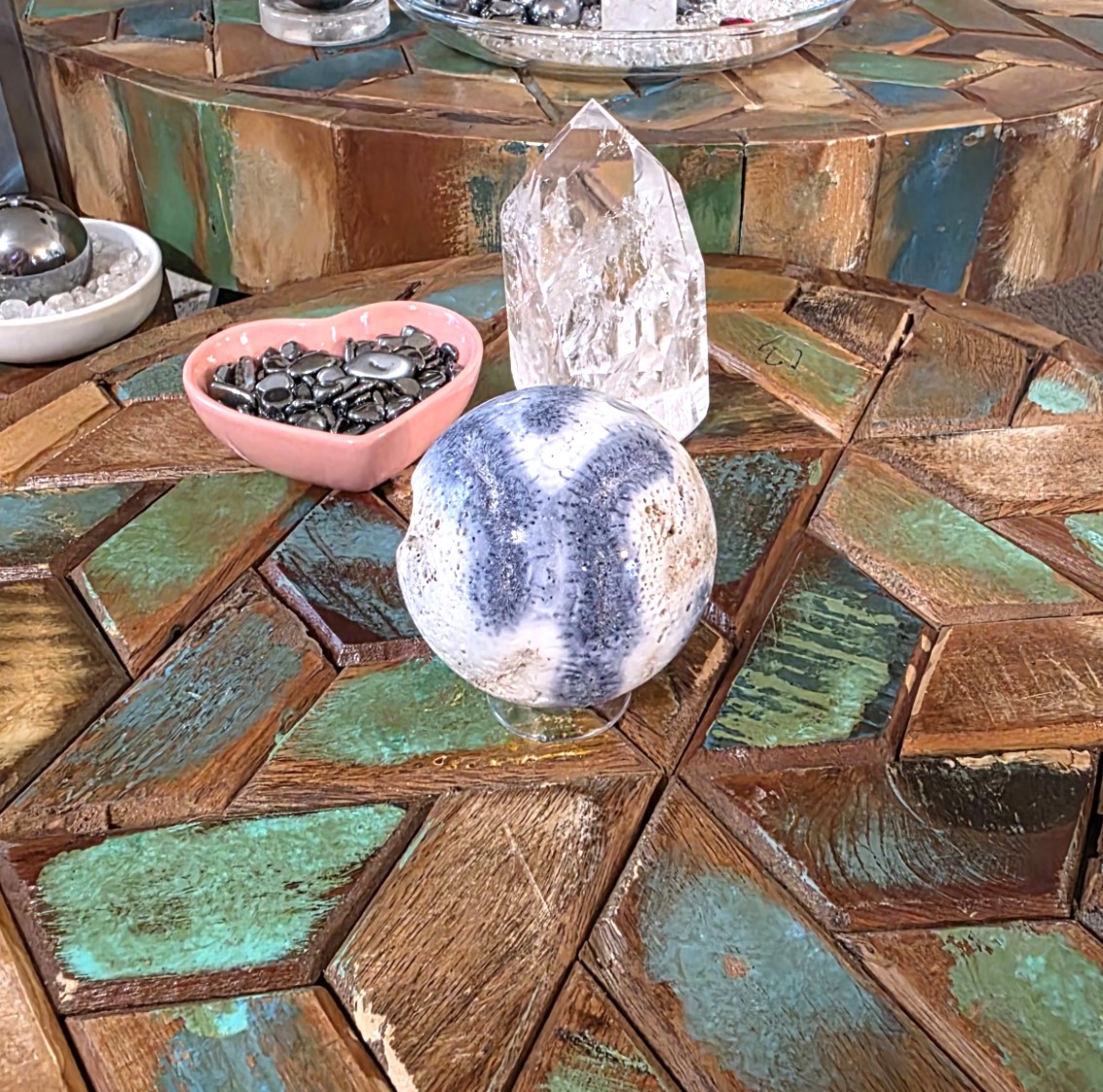
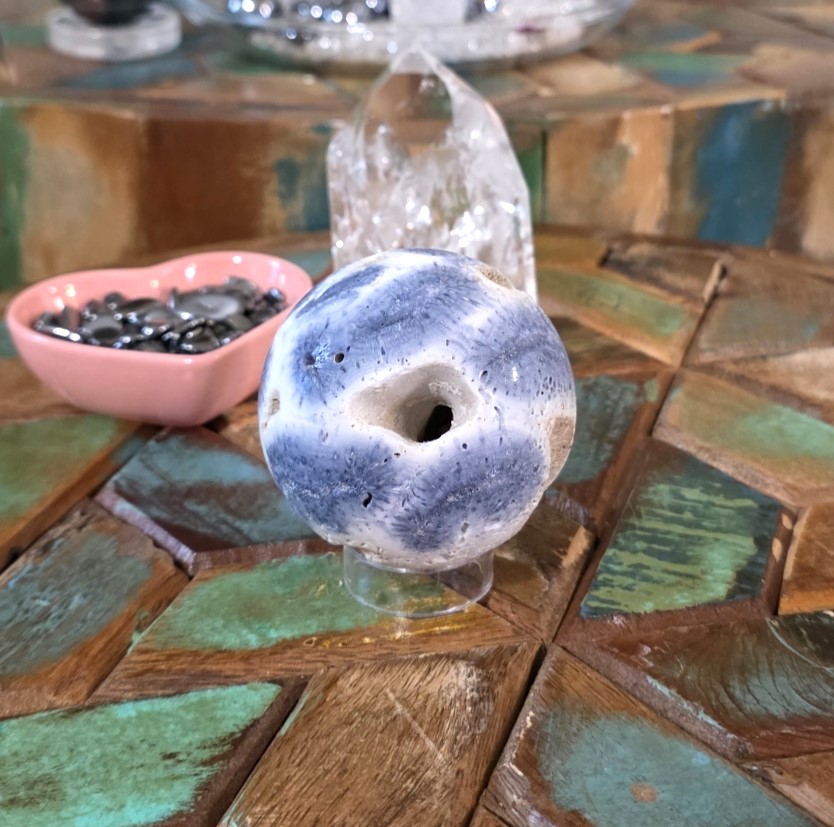
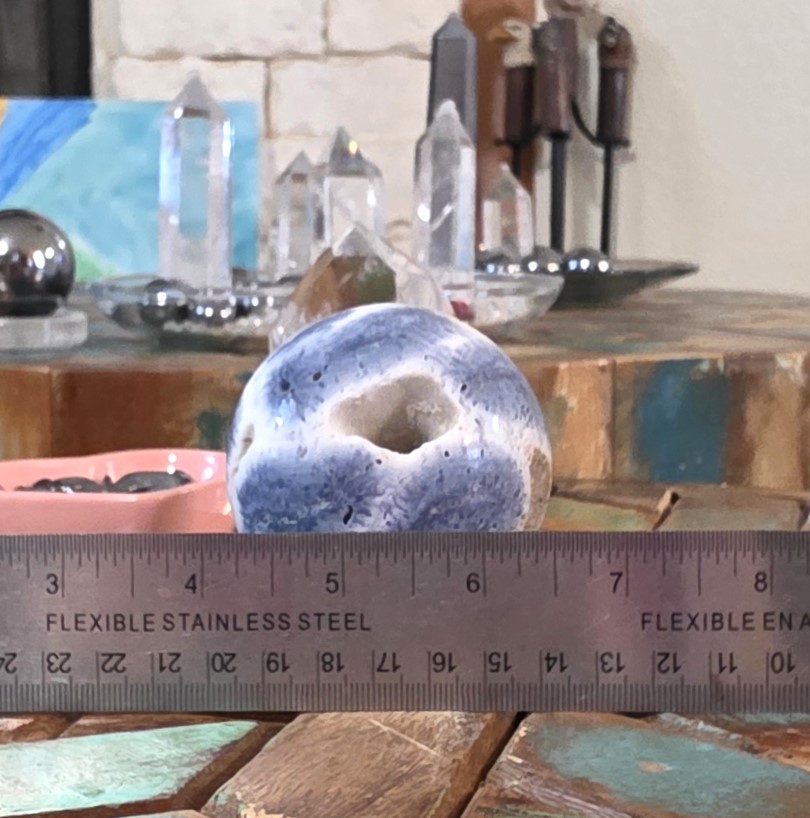
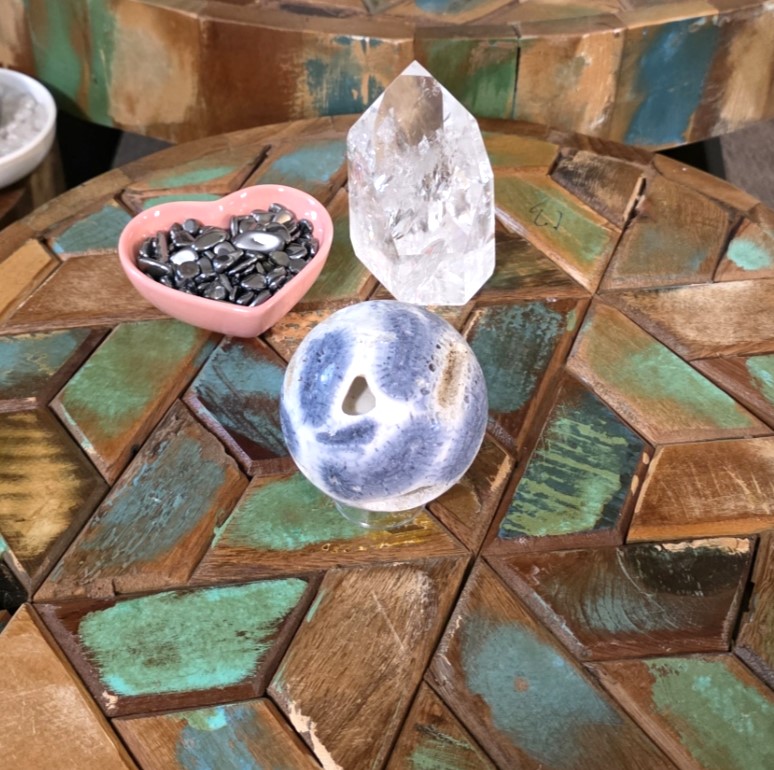
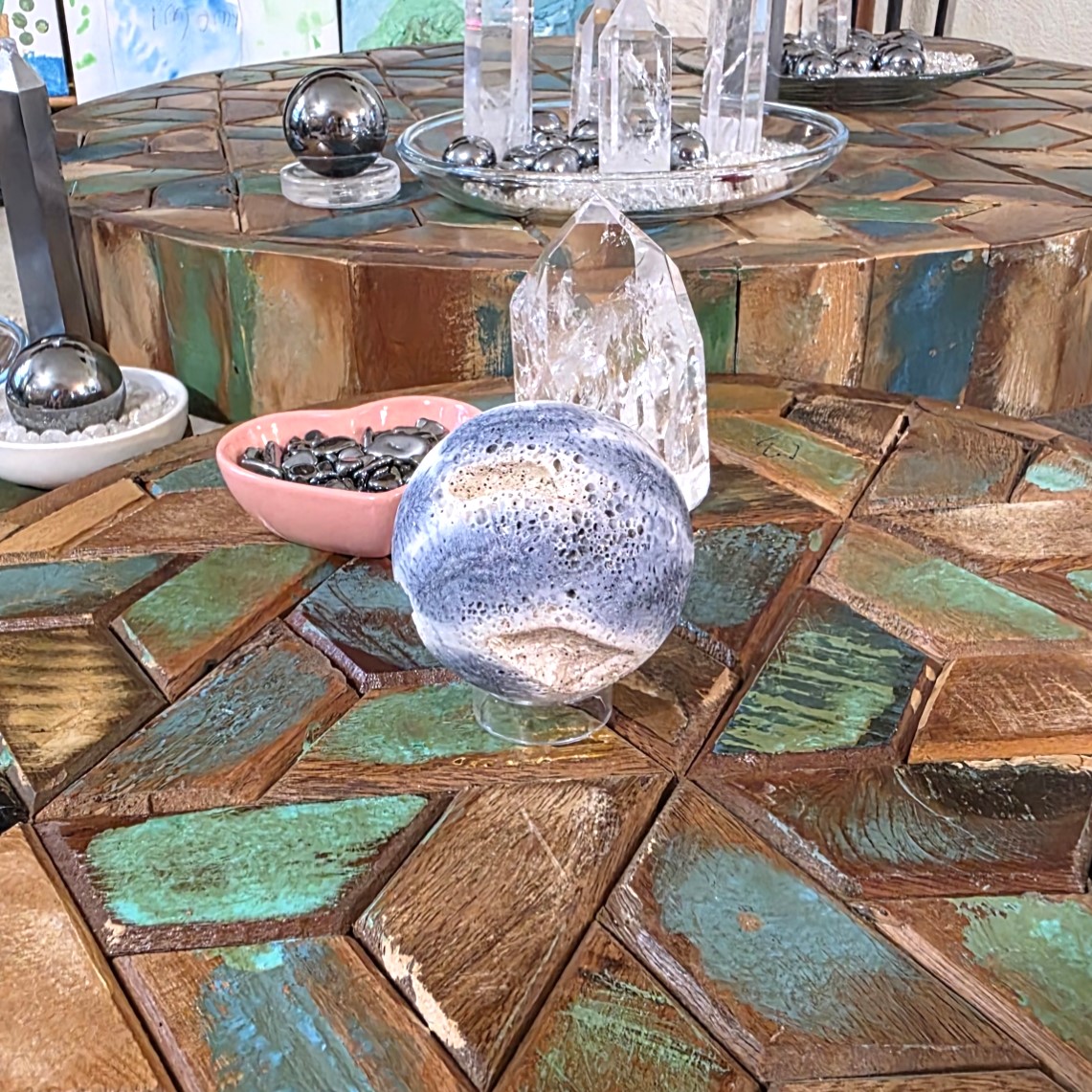
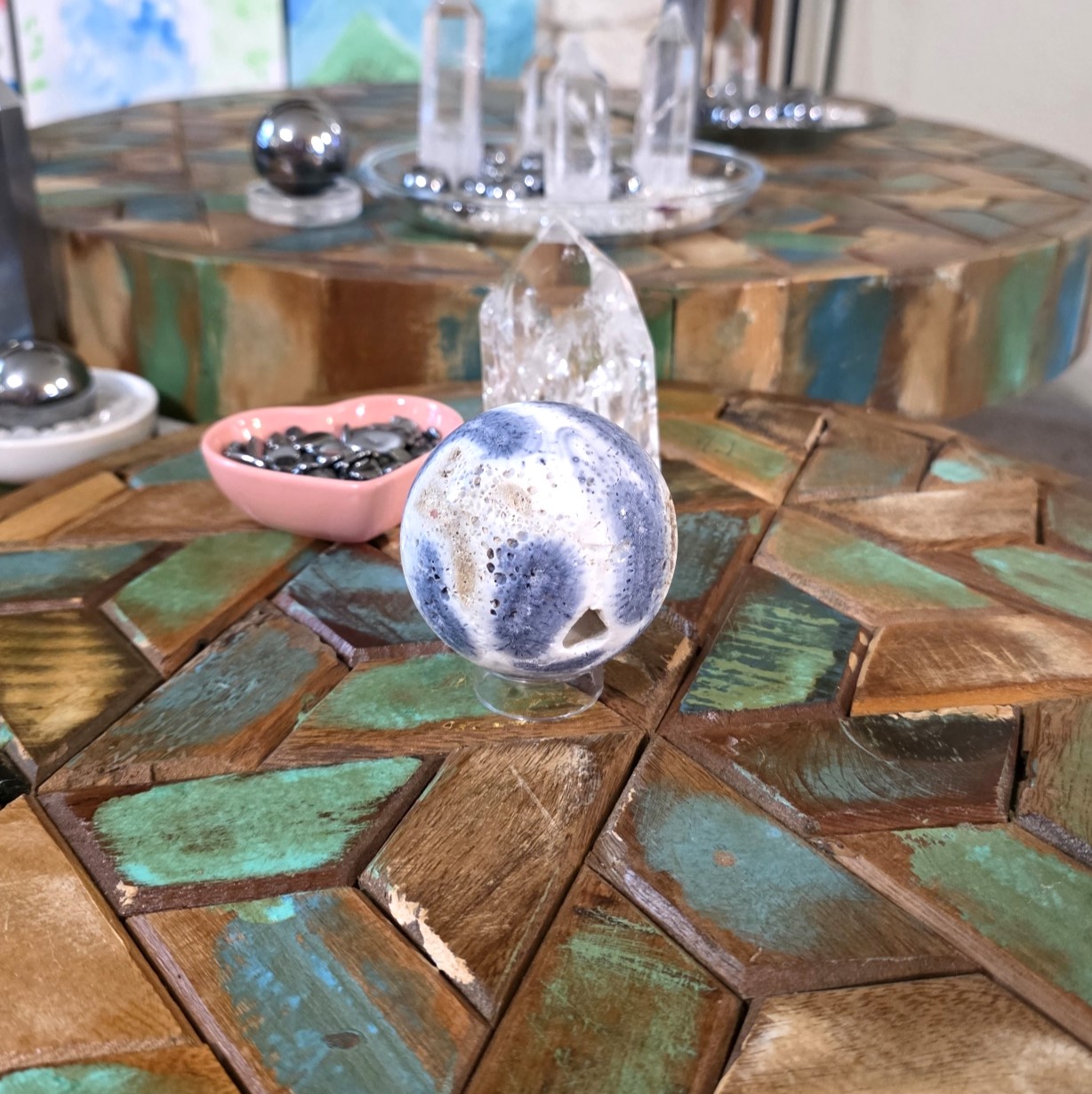
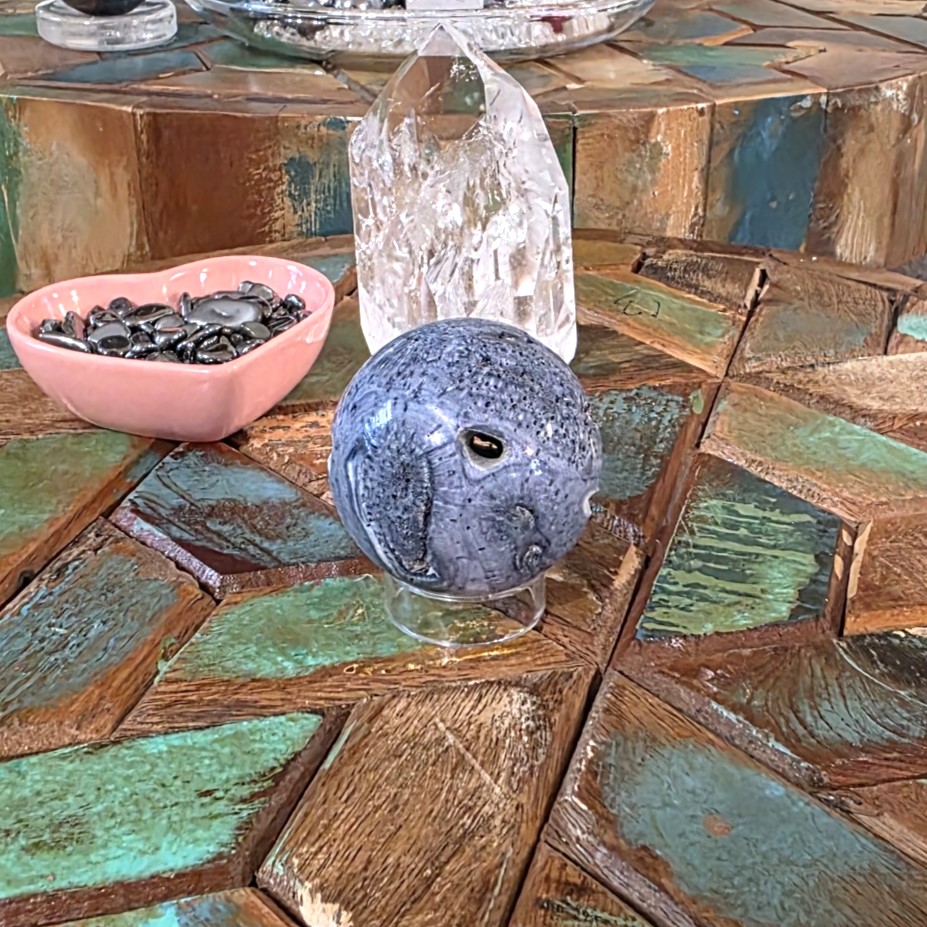
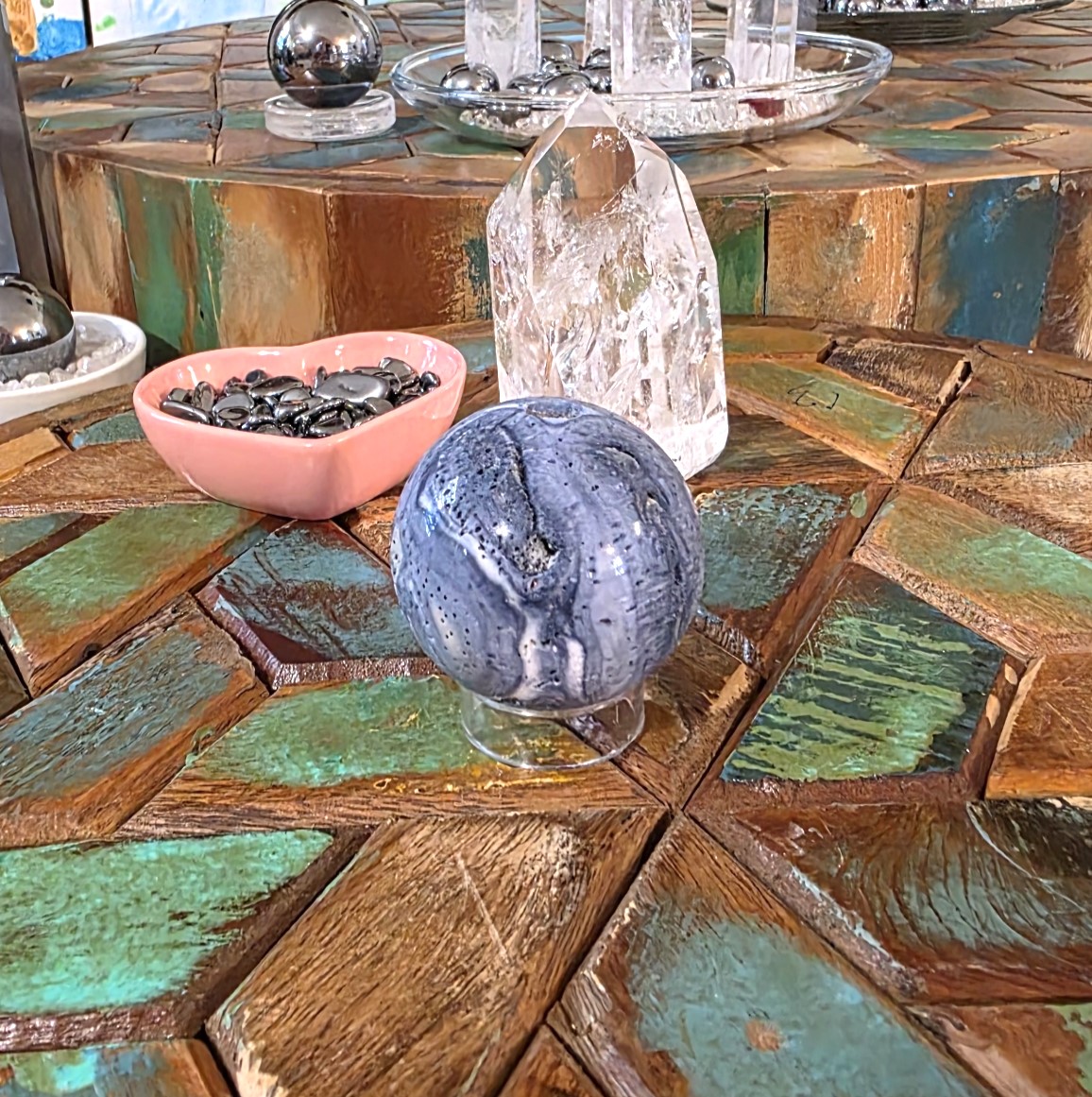
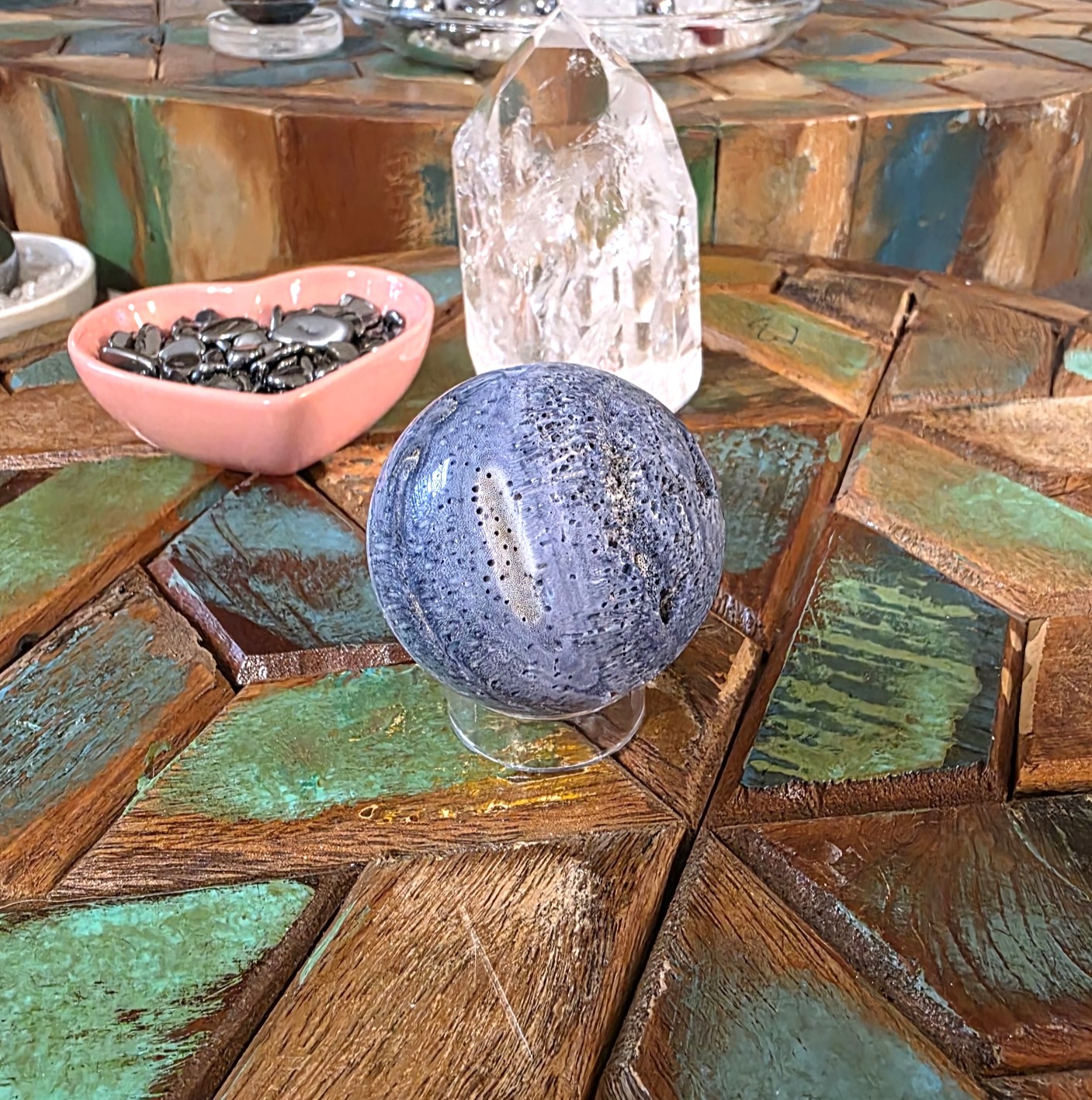
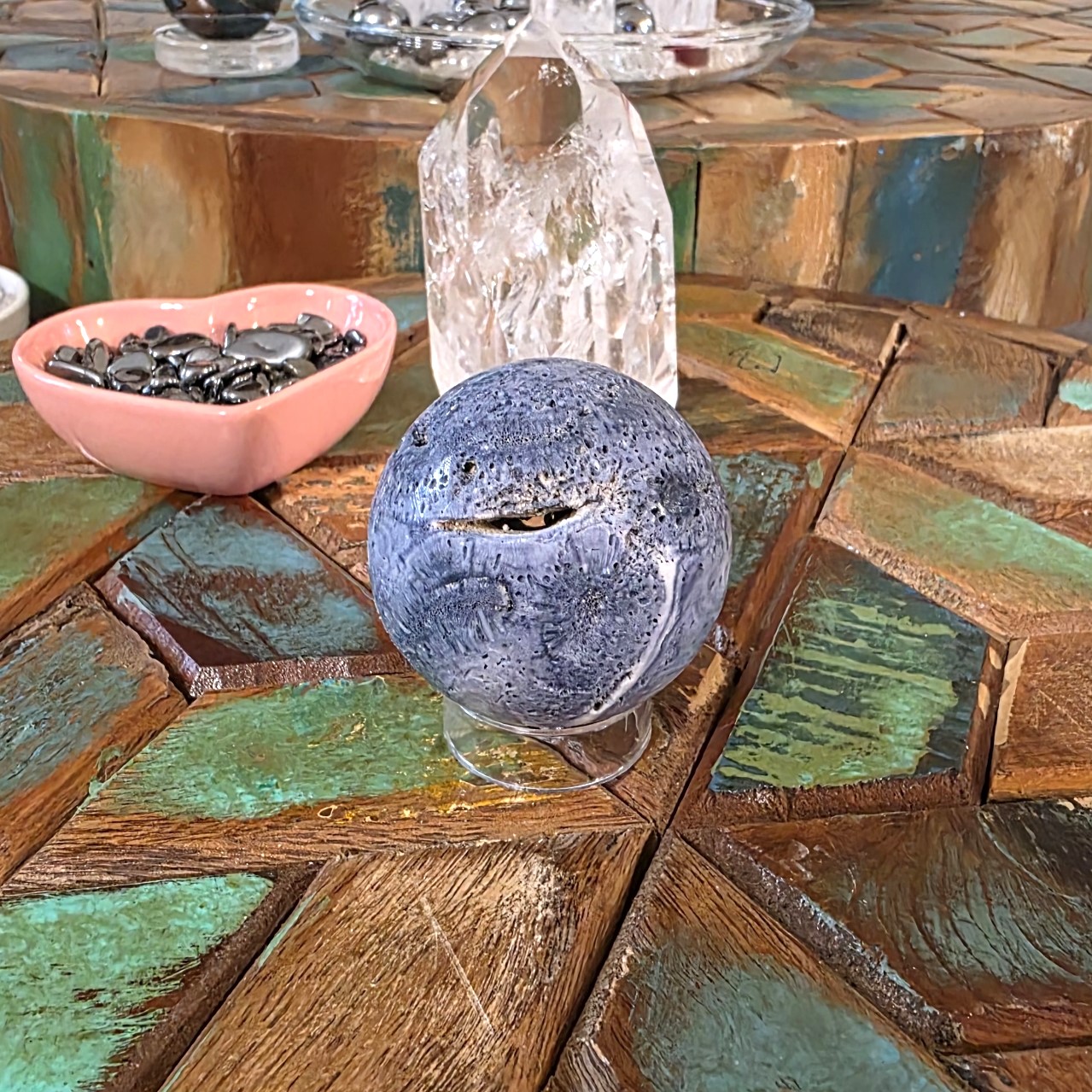
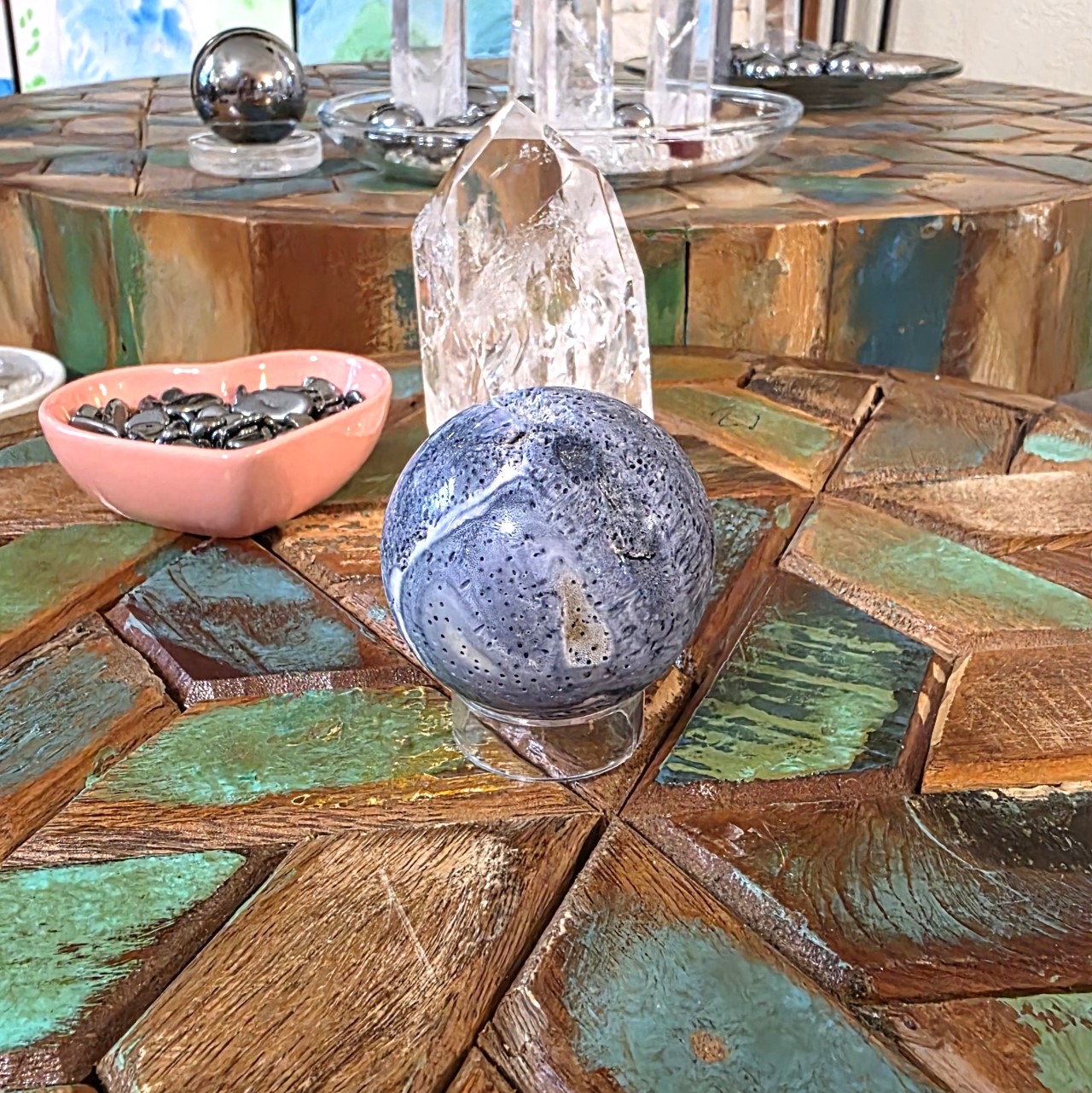
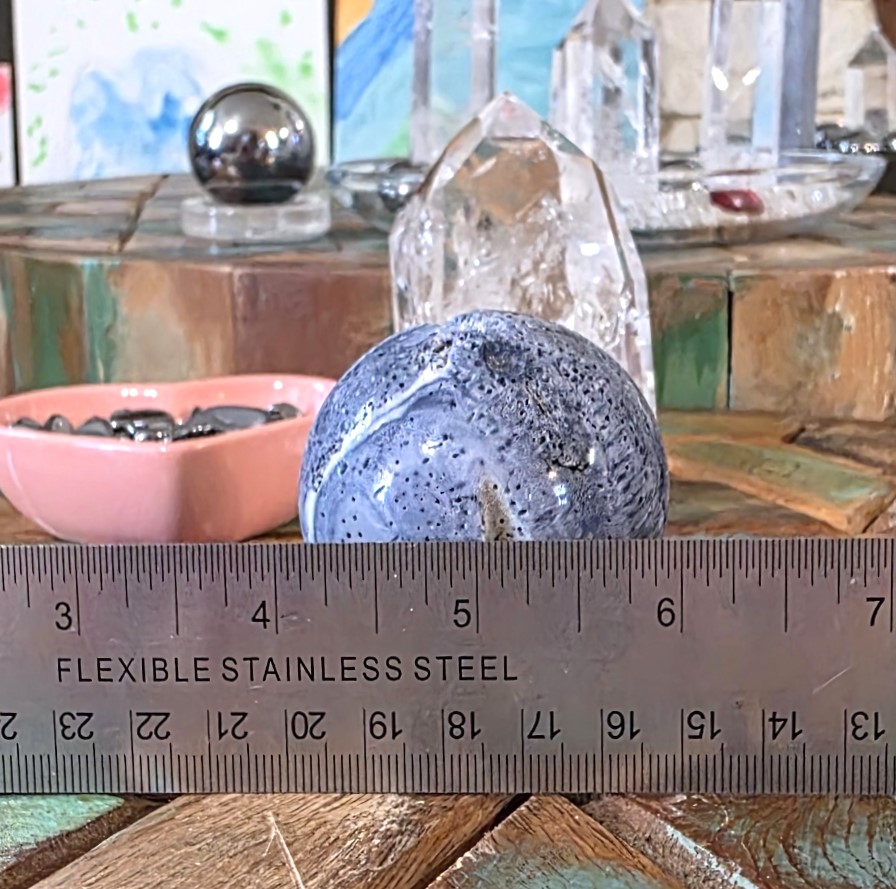

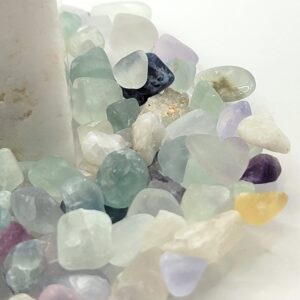
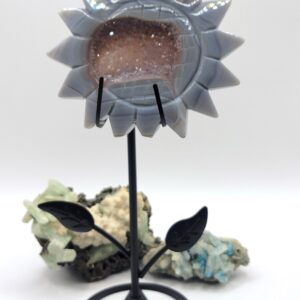
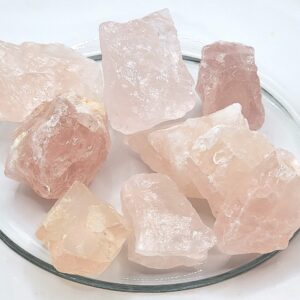
Reviews
There are no reviews yet.